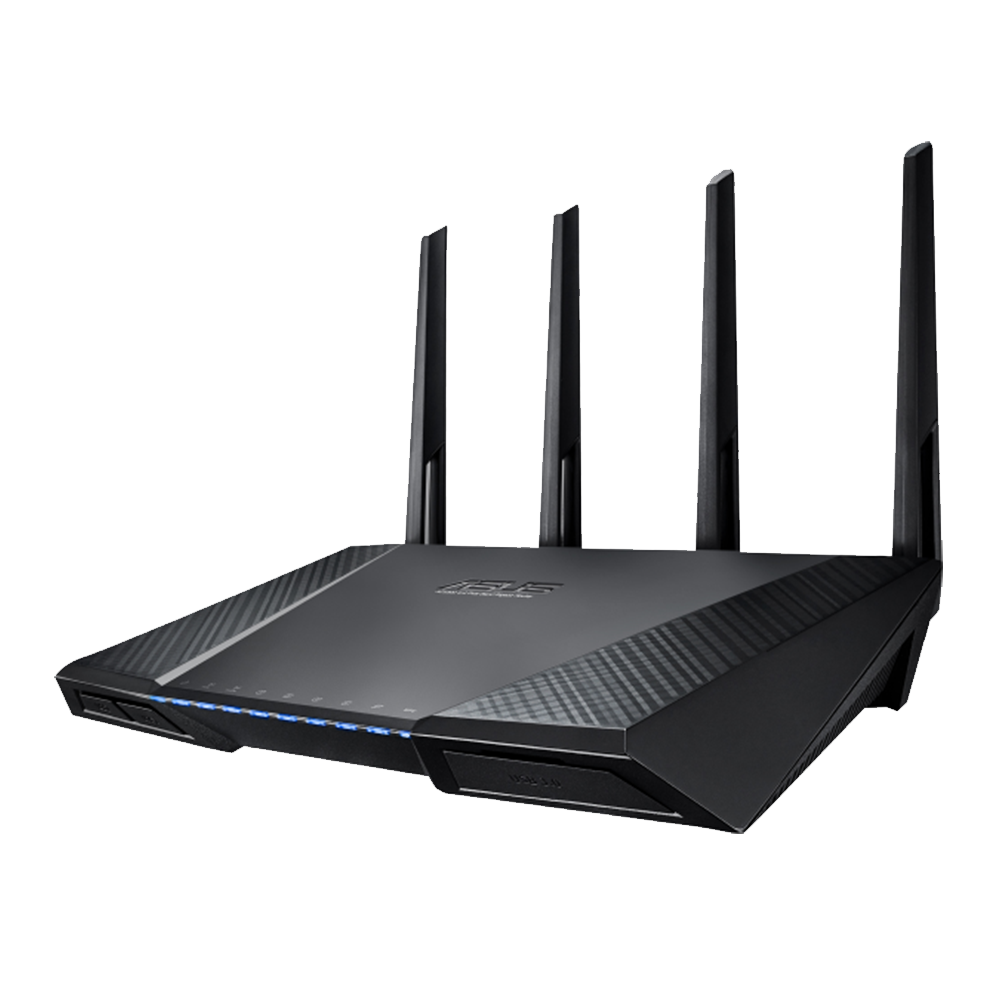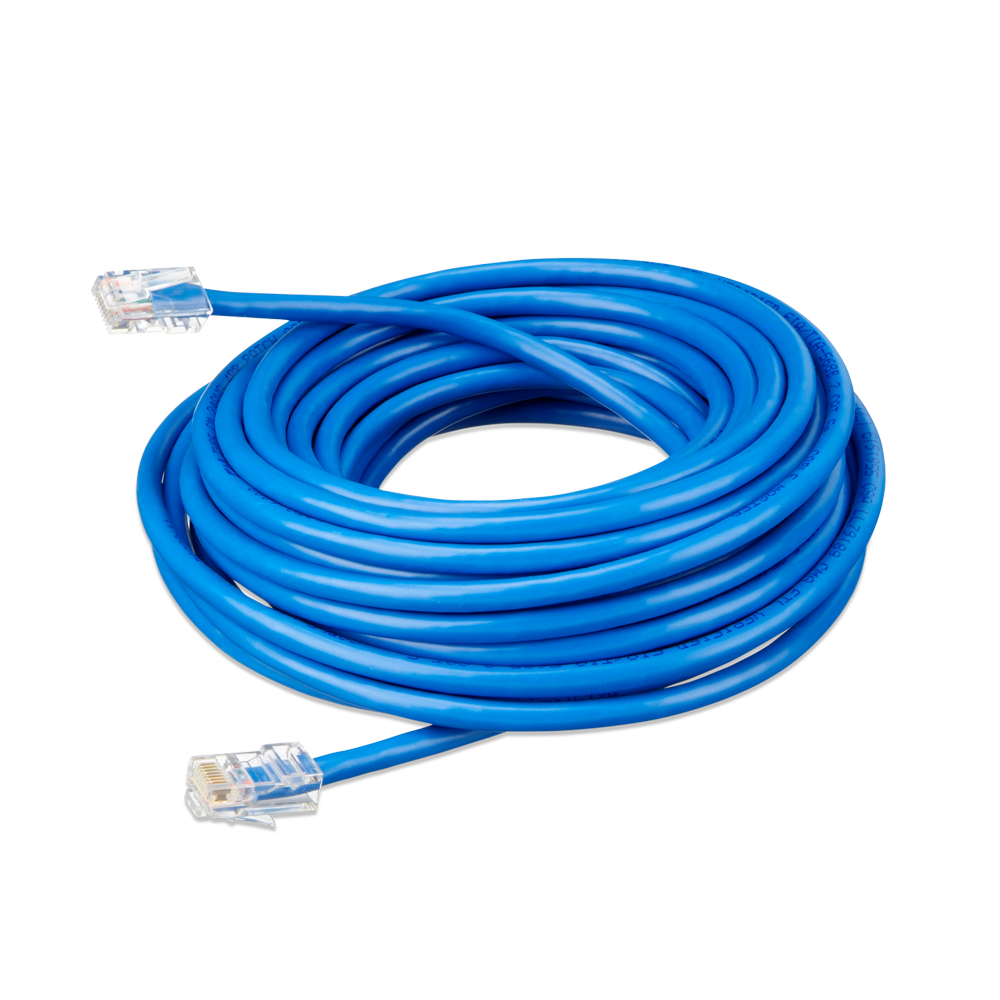Active and Passive Equipment
A network is a set of independent and connected devices that communicate with each other and exchange data. The independence of the devices means that each of them has separate control and processing units and the absence of one does not affect the other. Being connected devices means that they are connected through a physical medium such as cable, optical fiber, satellites, etc. The above two conditions are the necessary conditions for creating a computer network, but the sufficient condition for forming a computer network is to have communication and data exchange between computers. Computer networks have components and equipment, each of which has a specific task. In general, network equipment is divided into two categories: active and passive. In the following, we will examine some of the most used active and passive equipment.

Active equipment
Active equipment is called equipment that produces, reproduces, directs and routes electronic signals. Active equipment produces signals in the network and through passive equipment they move signals in the network.
Some examples of active equipment in the network are: network switches, hubs, routers, modems, all types of servers, network cards, firewalls, IDS and IPS equipment.
Passive equipment
Passive equipment is equipment that is not capable of generating or reproducing electronic signals and only transmits and transmits signals received by them from active equipment to passive or inactive ones. Called.
Passive equipment includes: Types of cables and network sockets, patch panels, wall sockets, racks, equipment and tools such as female socket tools


